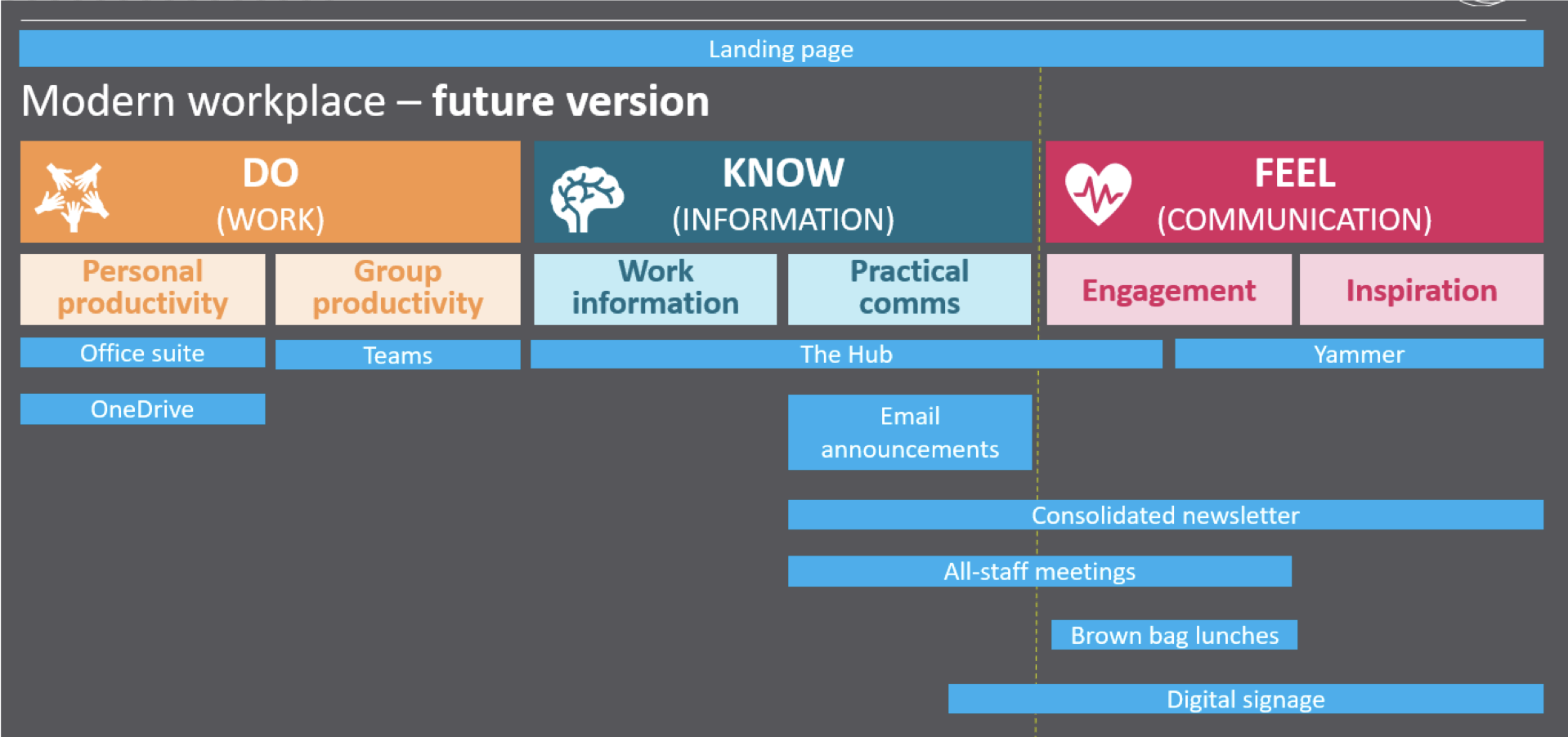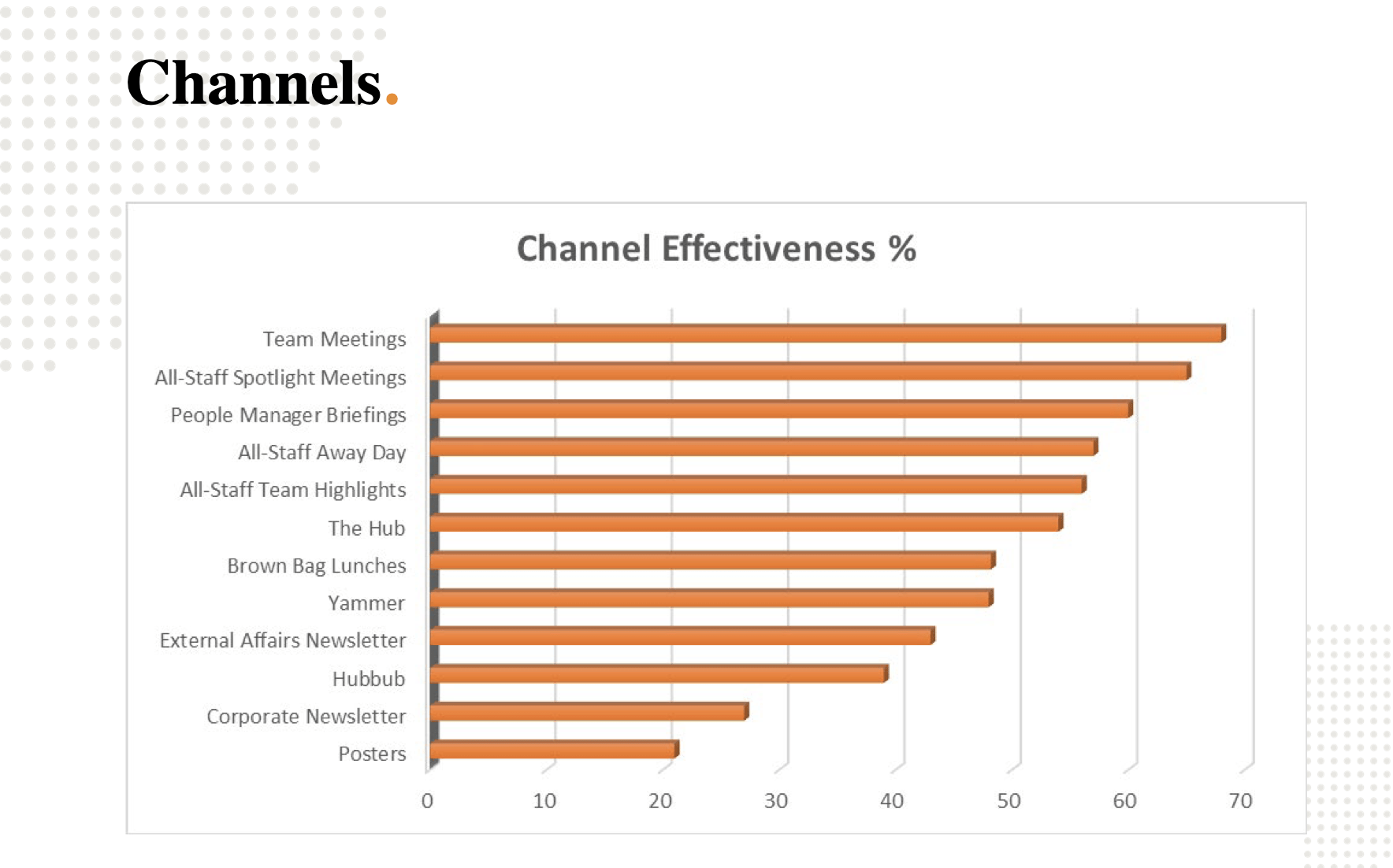CASE STUDY
Evidence-driven audit identifies insights for refreshed IC strategy

The approach touched every part of the communication landscape: from initial insight through workshops and desk research.
The Health Foundation teamed up with Sequel Group to run a ‘health check’, or internal communications audit, to get the evidence it needed to build an effective internal communications strategy.
So the Insight team at Sequel Group coupled our tried-and-tested research methods, with our external perspective, to help them find the insights and opportunities that would make a difference.
The approach touched every part of the communication landscape: from initial insight through workshops and desk research; deeper research through qualitative and quantitative methods; and analysis and actions, presented in a detailed report and explanatory sessions for different audience groups.
Since the audit, Jamie Angus, Senior Internal Communications Manager, says the audit has given them the evidence they need to build an effective communication strategy.
Now the team better understands their audience’s needs and content and channel preferences, they have implemented several of the report’s recommendations. This has seen them unlock funding for a new intranet and increase engagement with key channels, including:
- Attendance at all-staff meetings increased by 10%, to just over 75%;
- Engagement with the people manager briefing increased by 12%;
- Refreshed director and senior leader blogs has seen readership increase from an average of 220 views per blog, up from 165 views.
But as Jamie says, the biggest impact came from getting the evidence they needed to support internal communications’ efforts and prove their worth.
“Particularly because we’re an organisation whose premise is about robust evidence-driven analysis – so it was always going to be critical to have credible data to help us identify what colleagues thought,” he says.
"We’re an organisation whose premise is about robust evidence-driven analysis – so it was always going to be critical to have credible data to help us identify what colleagues thought."

